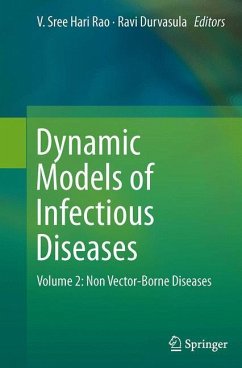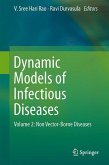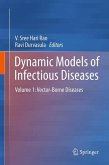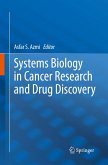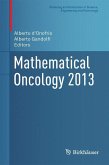Though great advances in public health are witnessed world over in recent years, infectious diseases, besides insect vector-borne infectious diseases remain a leading cause of morbidity and mortality. Control of the epidemics caused by the non-vector borne diseases such as tuberculosis, avian influenza (H5N1) and cryptococcus gattii, have left a very little hope in the past. The advancement of research in science and technology has paved way for the development of new tools and methodologies to fight against these diseases. In particular, intelligent technology and machine-learning based methodologies have rendered useful in developing more accurate predictive tools for the early diagnosis of these diseases. In all these endeavors the main focus is the understanding that the process of transmission of an infectious disease is nonlinear (not necessarily linear) and dynamical in character. This concept compels the appropriate quantification of the vital parameters that govern thesedynamics. This book is ideal for a general science and engineering audience requiring an in-depth exposure to current issues, ideas, methods, and models. The topics discussed serve as a useful reference to clinical experts, health scientists, public health administrators, medical practioners, and senior undergraduate and graduate students in applied mathematics, biology, bioinformatics, and epidemiology, medicine and health sciences.

